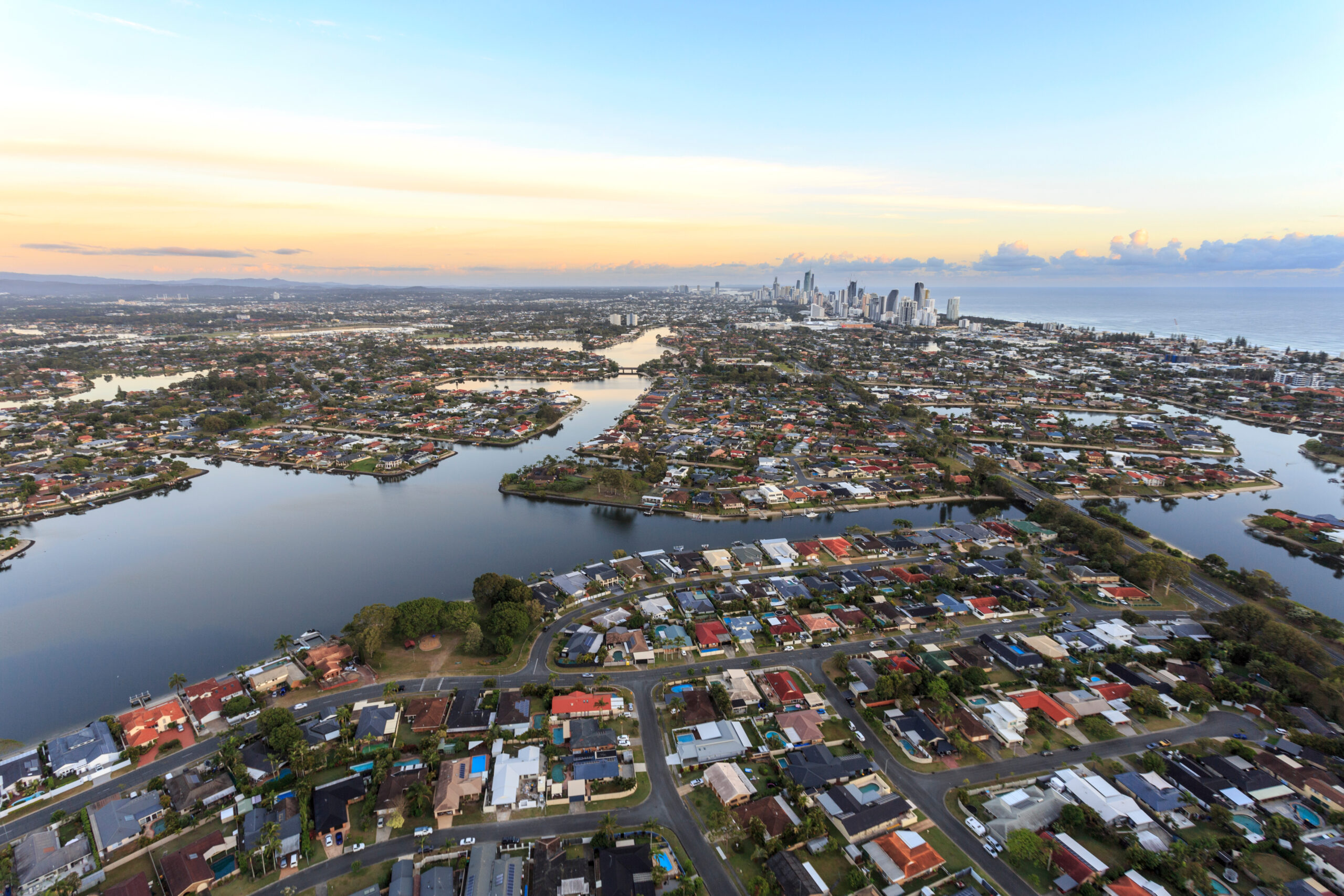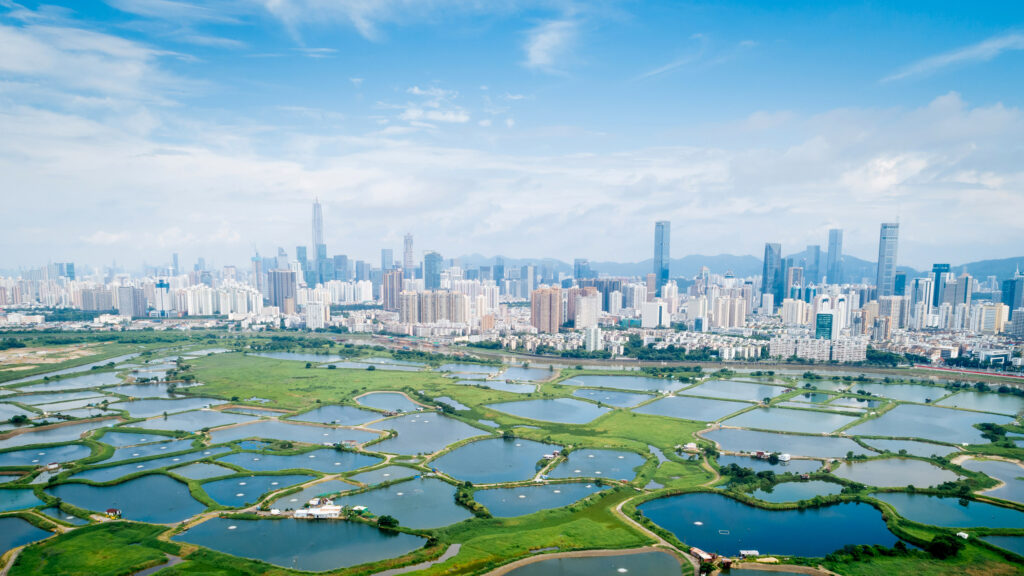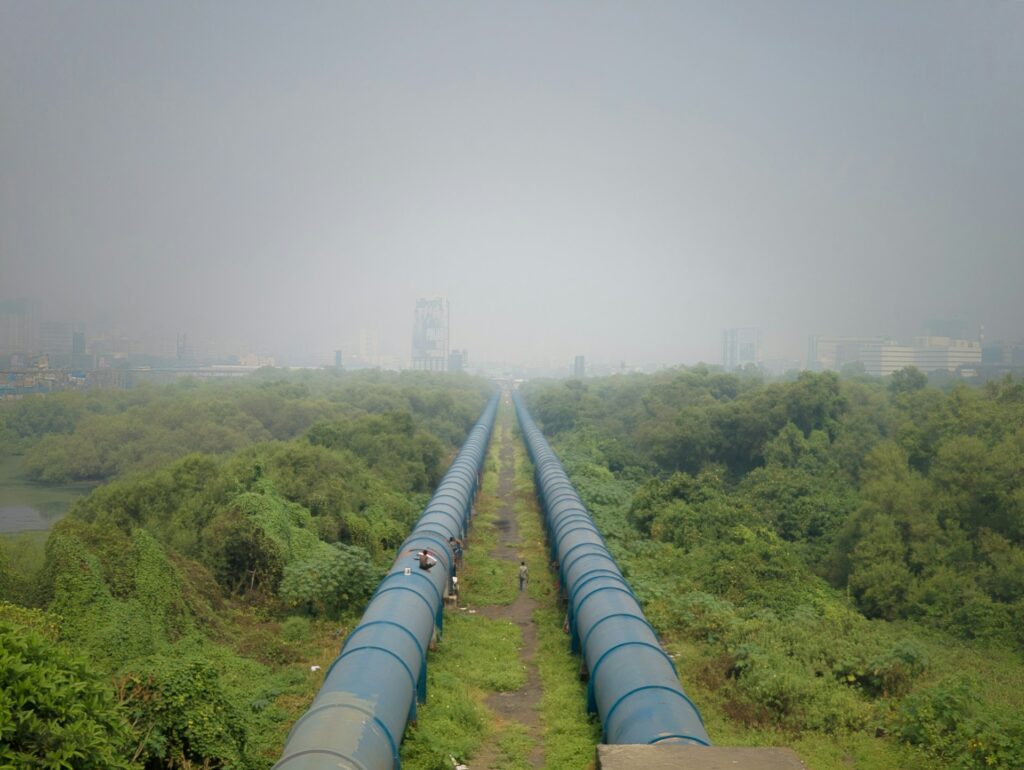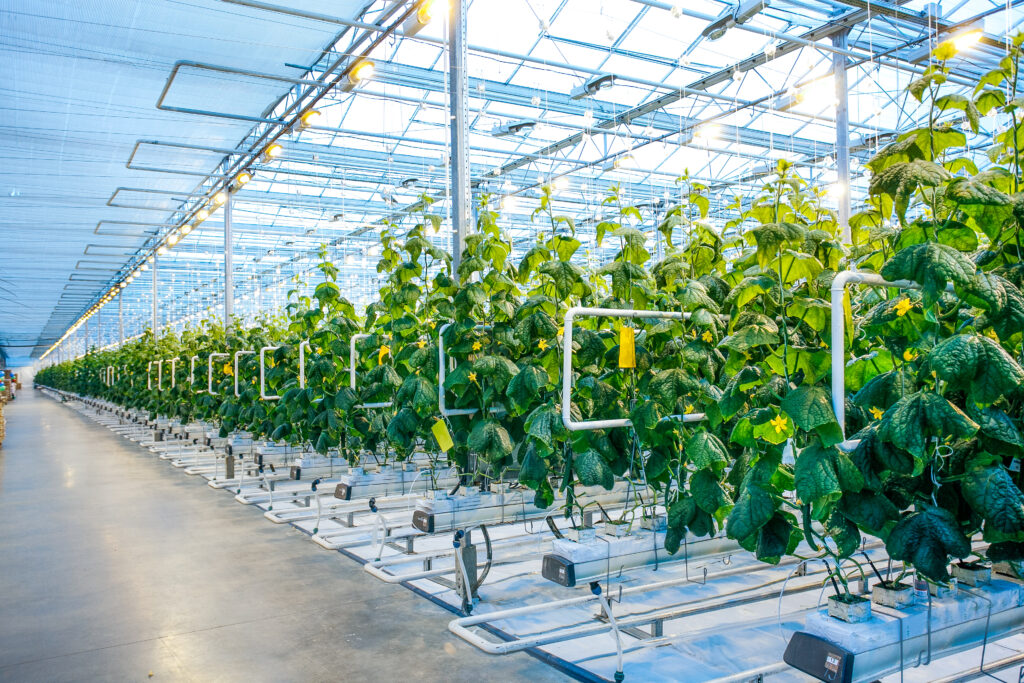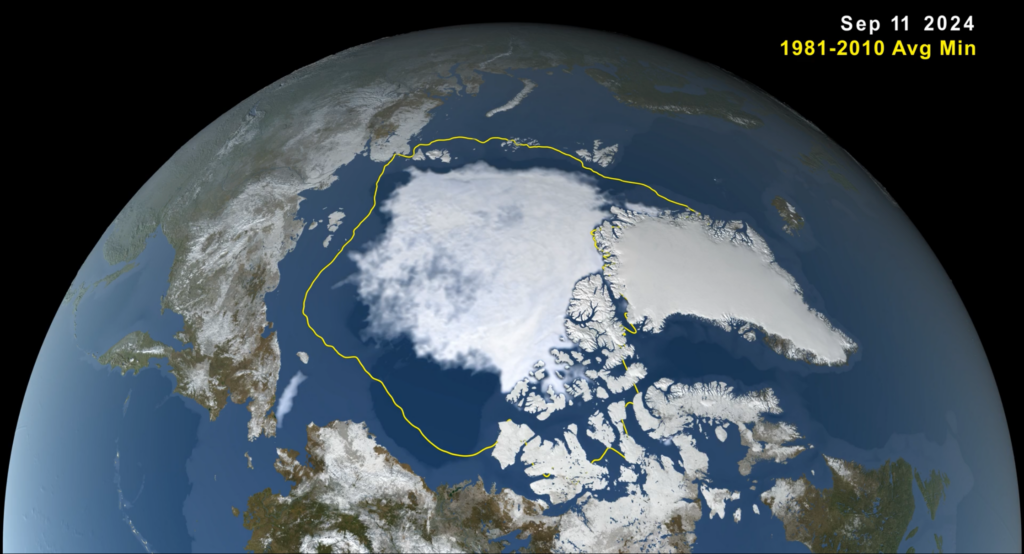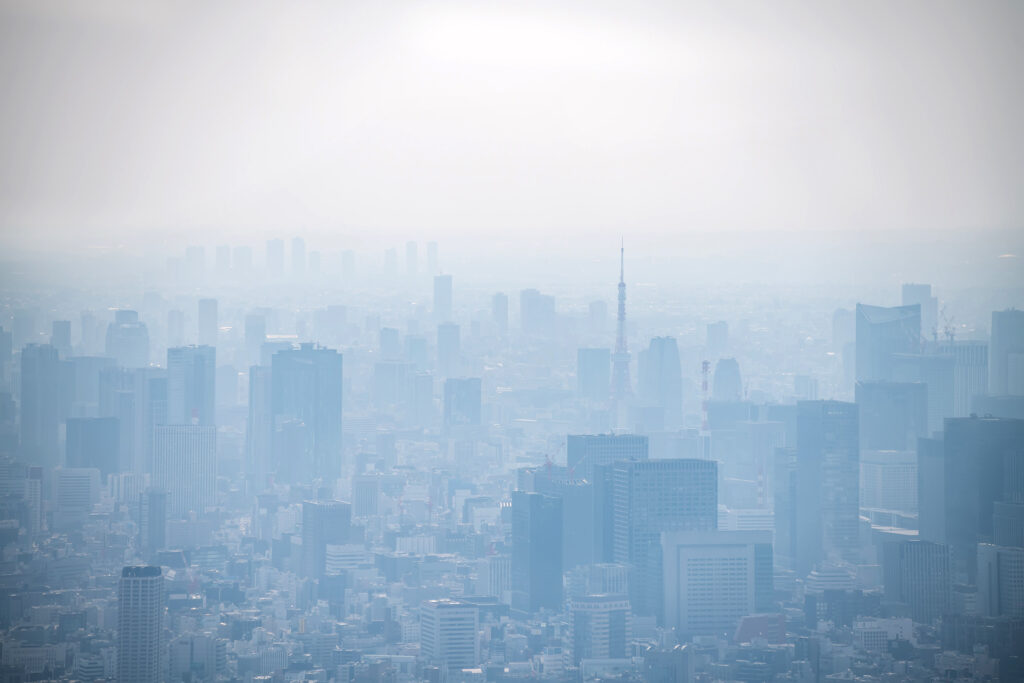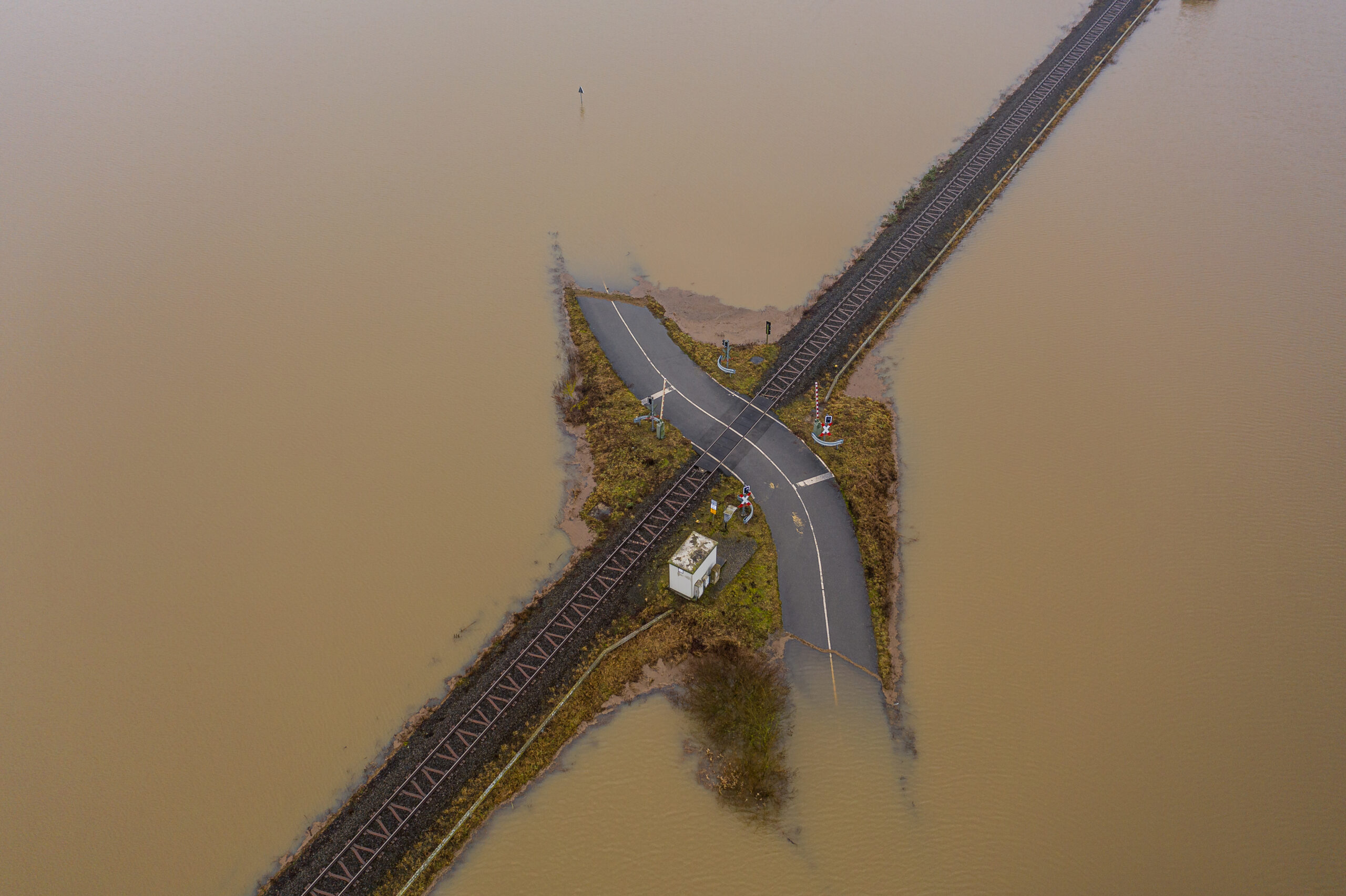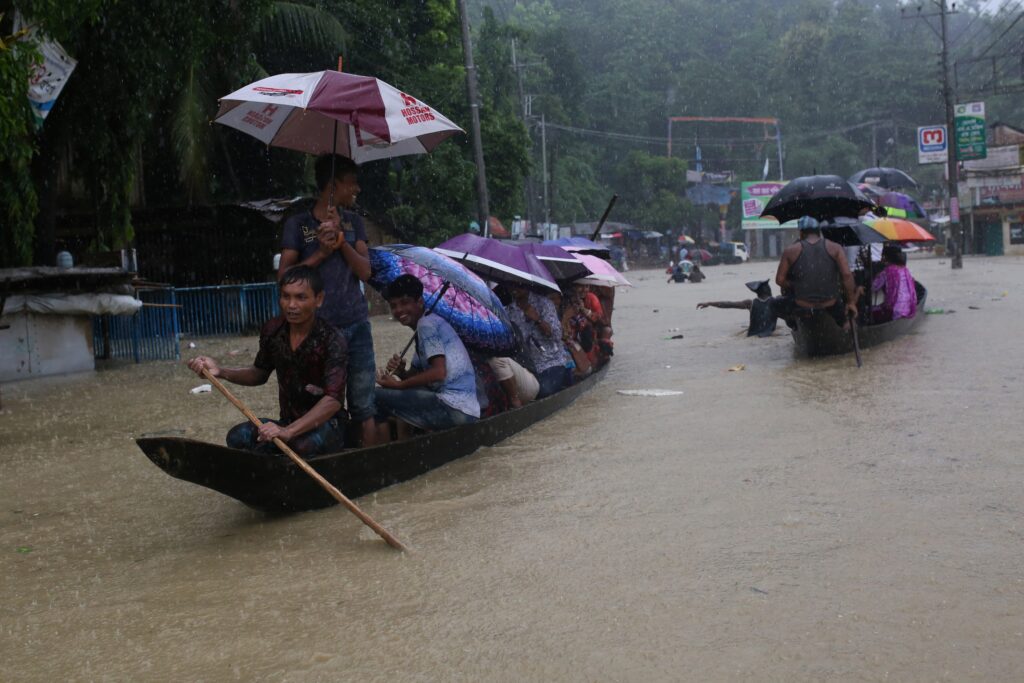Sea level rise in Australia is an undeniable consequence of climate change. Already, the global mean sea level has risen by around 25 cm since 1880 – and the Australasia region has experienced even higher rates than the global average.
With its population and economic activity concentrated around its coastline, Australia is grappling with this pressing issue that threatens the future of its coastal cities and communities. While adaptation measures are available, the nation’s extensive fossil fuel developments also make it a leading contributor to the crisis of global sea level rise. Therefore, concerted action is needed to address both the root cause and the unavoidable impacts of sea level rise in Australia.
What Is the Projected Sea Level Rise by 2050 in Australia?
Planet-heating greenhouse gas emissions are driving up the Earth’s average temperature and global average warming, with two major implications for sea levels, explains Dr. Jaci Brown from Australian scientific agency CSIRO. “One is the melting of ice around Antarctica, Greenland and the glaciers. The second part is thermal expansion. As the ocean warms, it expands. That contributes to sea-level rise.”
Furthermore, because greenhouse gas emissions stay in the atmosphere for centuries, today’s emissions will cause sea levels rise for many hundreds of years in the future. It’s because of this that sea level rises of up to 30 cm by 2050 are already locked in, as stated by the Intergovernmental Panel on Climate Change (IPCC) in a recent report. “By 2050, sea level change of 15 cm to 30 cm will be unavoidable. This means that [Australia’s] coastal flooding will become worse during storm surges,” said Nathan Eaton, executive director of the geospatial consultancy NGIS.
The extent of sea level increase beyond this time will ultimately depend on what the world does to mitigate emissions. If global warming is kept to 2°C, sea level rise in Australia could be 50 cm by the end of the century. However, a high emissions pathway could lead to more than 1 m by this time. Looking beyond 2100, failing to mitigate emissions now would mean sea levels will continue to rise for centuries. The IPCC warns they could reach a staggering 2.3 m to 5.4 m by 2300, and much more beyond.
What Are the Key Risks of Sea Level Rise in Australia?
Australia’s people and industries are concentrated around its coastlines, and these areas are becoming increasingly developed. For example, around 85% of the population now lives within 50 km of the coast. A significant proportion of its infrastructure – such as communication and transport networks – is also located in these populated areas.
This dramatically heightens the impact risk of sea level rise in Australia, which includes the increased flooding of low-lying coastal areas, coastal erosion, ocean acidification, more storm surges and salinisation of freshwater sources. The marine environment and sea surface temperature will also be impacted. Australia’s iconic coastal ecosystems, such as its beaches, coral reefs and wetlands, are all threatened by rapidly rising seas.
Unsurprisingly, sea level impacts will also hit hard economically. For example, the Reserve Bank of Australia found that in some areas, house prices were projected to decline by 10% or more by 2050 because of climate impacts, including annual sea level change. Moreover, it is estimated that up to AUD 63 billion (2008 replacement value) – or USD 40 billion – in existing residential buildings would be at risk of inundation from a 1.1 m sea level rise in Australia, representing between 157,000 and 247,600 individual buildings. To make matters worse, many insurance companies operating in Australia do not cover coastal flooding in their residential property insurance, and none cover gradual sea level rise.
Which Coastal Regions of Australia Are Predicted to Be Affected by Rising Sea Levels?
Researchers have found that sea level rise in Australia is already impacting some of Australia’s more vulnerable areas, including its densely populated urban centres. For instance, the frequency of coastal flooding impacts has already increased in major cities: Sydney, Melbourne, Brisbane, Adelaide and Perth.
Sea level rise is also having devastating impacts on Australia’s First Nations peoples. For example, Torres Strait Islanders took the government to the UN court of human rights, and won, over its failure to tackle the climate crisis and protect their sacred ancestral homes from the rising waters.
Australia’s pristine coastlines and iconic beaches are also at risk of being washed away if action on climate change is not taken. Mapping from Coastal Risk Australia reveals the damage that beaches like Byron Bay and Bells Beach could experience if the world does not dramatically rein in emissions.
Sea Level Increase Adaptation and Mitigation: Meeting the Scale of the Crisis
With coastal communities and major cities facing pressing threats, Australia must take significant steps towards adapting to rising sea levels. Measures include investing in coastal protection, such as natural and human-made coastal barriers and beach nourishment. Furthermore, urban planning and development regulations must be updated to ensure new housing and infrastructure are built with rising sea levels in mind.
However, it might prove impossible to protect all communities from rising seas. “At some point for some communities, retreat is the only option,” said Professor Tom Kompas from the University of Melbourne.
Therefore, much more needs to be done, and quickly, to minimise future damage. This is particularly the case for First Nations communities, whose livelihoods and human rights are immediately and gravely threatened by rising seas – and who have a deep and important link to their land.
Moreover, Australia must simultaneously address the root cause of the crisis. Successive governments continue to approve new fossil fuel developments, and the nation is one of the world’s biggest exporters of coal and gas. As a result, it is one of the world’s biggest contributors to the climate crisis. With 2023 temperature records “falling like dominoes”, in the words of climate scientist Professor Katharine Hayhoe, deep and immediate emissions mitigation must also be taken to tackle the urgent threat of sea level rise in Australia.
Evelyn Smail
Writer, United Kingdom
Evelyn is a freelance writer and journalist specialising in climate science and policy, the just energy transition and the human impacts of climate change. She writes for independent publications, NGOs and environmental organisations. Evelyn has a background in sustainable development, climate justice and human rights.
Evelyn is a freelance writer and journalist specialising in climate science and policy, the just energy transition and the human impacts of climate change. She writes for independent publications, NGOs and environmental organisations. Evelyn has a background in sustainable development, climate justice and human rights.

